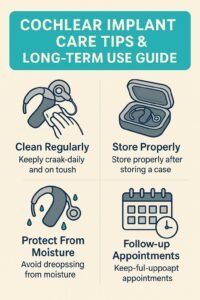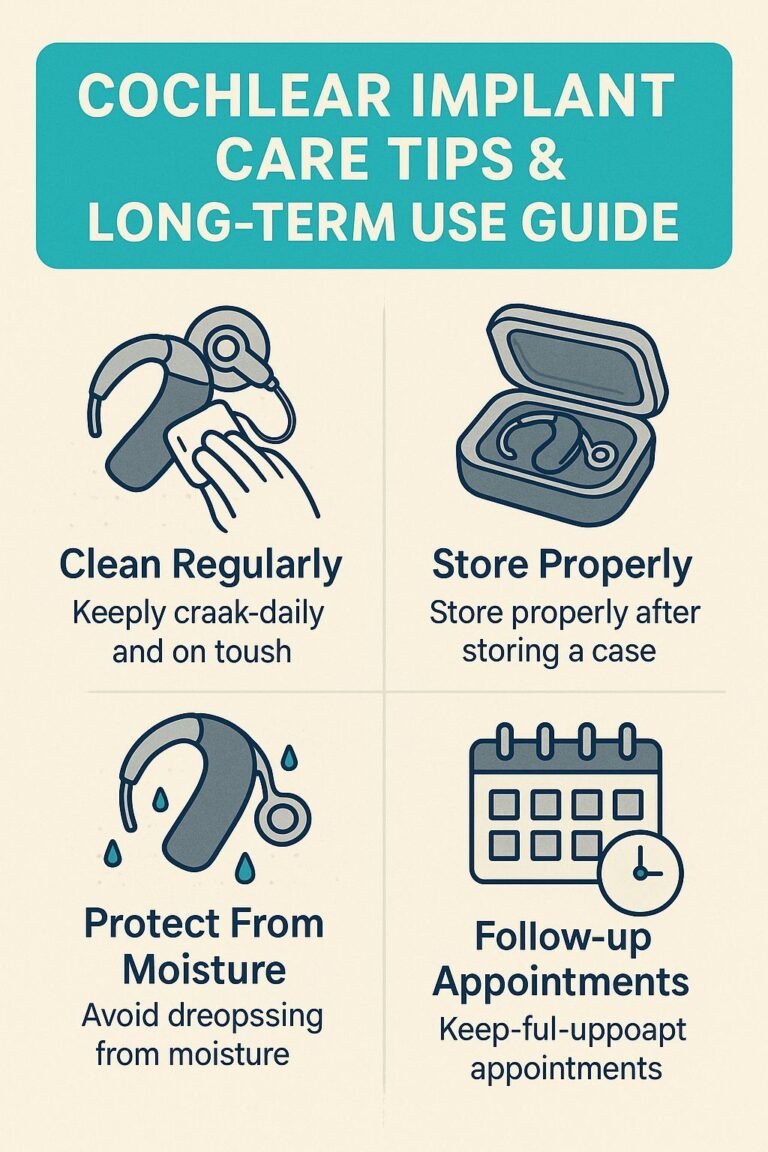Key Points
- Tea tree oil, renowned for its antifungal properties, can be applied directly to the infected toenail twice daily for effective results.
- Soaking feet in a vinegar solution can create an environment inhospitable to fungus, aiding in reducing infection.
- Baking soda paste can be used to neutralize odor and absorb moisture, impeding fungal growth.
- Garlic, packed with natural antifungal compounds, can be crushed and applied to the toenail to combat infection.
- Laser treatments, though not instant, are effective in treating stubborn toenail fungus.
Instant Toenail Fungus Home Remedies, Quick Solutions & Killers
Dealing with toenail fungus can be a real pain. It’s not only unattractive but can also be uncomfortable. The good news is, there are several home remedies and quick solutions that can help you tackle this problem head-on. Let’s dive into understanding what toenail fungus is and how you can address it swiftly.
What is Toenail Fungus?
Onychomycosis, also known as toenail fungus, is a widespread condition that affects the toenails. It’s a result of various fungi, including dermatophytes, yeast, and molds. These fungi love warm, moist environments, which makes your feet an ideal breeding ground.
Not only is toenail fungus a cosmetic issue, but it can also lead to more severe complications if not dealt with in a timely manner. It can result in pain, lasting damage to the nail, and even spread to cause other infections. As a result, it’s vital to take care of it as soon as possible.
What Leads to Toenail Fungus and How to Recognize It
When you frequent communal areas such as swimming pools, locker rooms, and showers, you expose yourself to fungi, which is the main culprit of toenail fungus. Wearing shoes that are too tight or don’t allow your feet to breathe can also foster the growth of fungi.
Signs of toenail fungus include:
- Your nail has turned yellow or brown.
- Your nail has become thicker.
- Your nail has crumbled, become ragged, or the edges are distorted.
- Your nail has separated from the nail bed.
- There is a foul smell coming from the infected nail.
Why You Need To Treat It Quickly
The most important reason for treating toenail fungus quickly is to prevent it from spreading to your other nails or skin. It’s also good to treat it quickly to relieve any discomfort and to improve how your nails look, which can make you feel better about yourself.
In addition to this, some individuals may have existing health problems, such as diabetes, that make treating toenail fungus even more important. Rapid response can help avoid complications and keep the overall health of the foot.
Home Remedies That Really Work for Toenail Fungus
When it comes to treating toenail fungus, you might want to consider starting with natural remedies. They are usually easier to get and less expensive than prescription treatments. Here are some home remedies that can help you fight this annoying issue.
Why Tea Tree Oil Works
Tea tree oil has a long history of being used as a natural fungus fighter and bacteria killer. It’s a natural treatment that has been used for hundreds of years to help with skin conditions, including toenail fungus. When you apply it to the nail with the fungus, it can help get rid of the infection.
Here’s how to use tea tree oil:
- Make sure your feet are clean and dry.
- Use a cotton swab to apply a few drops of tea tree oil to the toenail that’s affected.
- Allow it to soak in and dry on its own.
- For the best results, do this twice a day.
For the most effective treatment, make sure to use pure tea tree oil. If your skin is sensitive, you can mix it with a carrier oil like coconut oil.
Soaking in Vinegar
Another common item found in most homes that can assist in the battle against toenail fungus is vinegar. The acidity of vinegar makes it an environment that fungus cannot thrive in, which aids in the reduction of the infection.
Here’s how to make a vinegar soak:
- Combine equal amounts of vinegar and warm water in a basin.
- Soak your feet in the mixture for 15 to 20 minutes every day.
- Make sure your feet are totally dry when you’re done.
Using this remedy every day can be particularly beneficial when used in conjunction with other treatments.
Baking Soda Paste
Did you know that baking soda, an ingredient you probably have in your kitchen right now, can help you get rid of toenail fungus? It’s true! Baking soda has alkaline properties that make it hard for fungi to survive. Plus, it can help get rid of any unpleasant smells.
Here’s how you can use baking soda as a treatment for toenail fungus:
- Combine a bit of water with baking soda to create a thick paste.
- Spread the paste on the toenail that’s infected.
- Wait for 10-15 minutes before washing it off with warm water.
- Make sure to dry your feet completely after.
With daily application, this paste can help slow down the fungus growth and gradually improve the state of your toenails.
Using Garlic
Garlic isn’t just a tasty ingredient in your dishes, it’s also a powerful antifungal. A compound in garlic, allicin, has been found to effectively stop the growth of fungus. For more information on effective treatments, check out this guide on toenail fungus remedies.
Here’s how to use garlic for toenail fungus: explore more in our treatment and remedies guide.
- Smash some garlic cloves to extract the allicin.
- Put the smashed garlic directly on the infected toenail.
- Wrap it with a bandage and let it sit for 30 minutes.
- Wash and dry your feet properly.
Do this every day until you notice a change. Be careful, because garlic can irritate the skin for some people.
Fast-Acting Treatments for Toenail Fungus
Home remedies can be effective, but sometimes you need something that works a bit faster, particularly if the infection is quite bad. For those dealing with inflammation, understanding chronic inflammation management might also provide insights into more comprehensive treatment options. Let’s take a look at some treatments that can provide relief more quickly.
Antifungal Creams and Ointments
For mild to moderate toenail fungus, over-the-counter topical antifungal creams and ointments may be effective. These products contain active ingredients such as clotrimazole or terbinafine that can help to get rid of the fungus.
To see the best results, use the cream as the instructions on the packaging suggest, which is typically once or twice daily. Always apply it to clean, dry feet. It’s important to keep using the product consistently, even if your symptoms get better, to make sure the fungus is completely gone.
Pills and Capsules
When creams and ointments don’t do the trick, a doctor or nurse may recommend oral antifungal drugs. These drugs, like terbinafine and itraconazole, work from the inside out to get rid of the infection.
Oral medications can be effective but they are not suitable for everyone, particularly those with liver problems. They can also have side effects. Therefore, it’s important to weigh the pros and cons with your doctor before starting any oral antifungal treatment.
The Hydrogen Peroxide Technique
Hydrogen peroxide is a home remedy that can be used to combat toenail fungus. It has antiseptic properties that can help clean the infected area and stop the fungus from growing. Additionally, understanding the role of chronic inflammation in conditions like psoriasis can provide insights into managing fungal infections effectively.
Here’s how to use hydrogen peroxide:
- Combine hydrogen peroxide and water in equal amounts in a small basin.
- Every day, soak the infected toenail for 10-15 minutes.
- Make sure to dry your feet completely afterward.
With consistent use, hydrogen peroxide can help lessen the infection, but it may take a few weeks before you notice a substantial change.
Detailed Examination of Laser Treatments
If you’re looking for a more sophisticated solution, laser treatments are a hopeful choice. These treatments are made to pinpoint the fungus without causing harm to the nearby skin or nail.
Understanding Laser Treatments
When it comes to laser treatments for toenail fungus, a concentrated beam of light is used to penetrate the nail and target the fungal infection. The heat from the laser is what kills the fungus, which then allows for the nail to grow back in a healthy way.
While this approach usually doesn’t cause any discomfort and doesn’t require any numbing, it may take more than one go-around to get the best outcome. For more information on effective treatments, check out this toenail fungus treatment guide.
Effectiveness and Factors to Consider
Laser treatments have proven to be highly effective in treating persistent toenail fungus. They are particularly useful for those who have not had success with other treatments. For more information on alternatives, you might explore home remedies for toenail fungus.
Before you decide on laser treatment, make sure to talk to a healthcare professional who can help you figure out if it’s the best choice for you. These treatments can work well, but they can also be expensive, and insurance doesn’t always cover them.
In the end, the treatment you choose will depend on how bad the infection is and what you personally prefer. You should always think about talking to a healthcare professional about your options to get advice that is tailored to you.
Will toenail fungus disappear without treatment?
It’s not likely that toenail fungus will go away on its own. In fact, if left untreated, the condition can linger and get worse over time. The fungus loves the warm, damp environment that closed-toe shoes provide, making it difficult for the body to fight off the infection without help.
Additionally, if you don’t treat toenail fungus, it can spread to other nails and even to your skin, causing even more serious health problems. So, it’s important to act quickly to treat the infection as soon as you see symptoms.
What is the timeline for home remedies to work?
When it comes to home remedies for toenail fungus, it can take a few weeks before you start to see any significant changes. The time it takes for these remedies to work can vary greatly, depending on how severe the infection is and how consistently you’re treating it. Generally, you might start to see some changes after about four to six weeks, but it can take a few months for the infection to be completely gone.
You must be consistent and patient when using home remedies. Regular use and sticking to the treatment plan is vital for it to work. If you don’t see any improvement after a few months, it may be time to seek medical advice for other options.
For instance, it has been noted that applying tea tree oil twice a day for a few months can enhance the look of toenails that are infected. The key to getting the results you want is to be consistent.
One person shared that they noticed a considerable improvement in their toenail fungus after soaking their feet in vinegar and applying tea tree oil daily for three months. They also noticed healthier nail growth.
Can using essential oils cause any side effects?
Essential oils, like tea tree oil, are typically safe for most people to use. However, they can cause skin irritation or allergic reactions in some individuals. Before applying the oil to your toenail, it’s recommended to do a patch test on a small area of skin. If you notice redness, itching, or swelling, stop using the oil immediately.
Is toenail fungus dangerous if left untreated?
Yes, untreated toenail fungus can cause complications. The infection may spread to other toenails and your skin, possibly leading to a serious skin infection called cellulitis. This is particularly worrisome for people with compromised immune systems or other health problems like diabetes.
Can anyone have laser treatment?
Most people can safely have laser treatment, but you should always check with a healthcare professional to see if it’s right for you. Some people might not be able to have laser treatment because of certain health problems or because the infection is very bad.
How can you prevent toenail fungus?
To prevent toenail fungus, it’s important to keep your feet clean and take steps to avoid infection. Here are some tips:
- Make sure your feet are clean and dry. You should wash them every day and dry them thoroughly, paying special attention to the area between your toes.
- Choose shoes that are breathable and socks that wick moisture away to prevent a buildup of moisture.
- Try not to go barefoot in communal areas such as locker rooms, swimming pools, and showers.
- Regularly trim your toenails and keep them clean.
- After each use, disinfect your nail clippers and other grooming tools.
By taking these preventive steps, you can significantly lower your chances of getting toenail fungus.
What’s the best home treatment?
- Tea Tree Oil: This is a common choice for treating toenail fungus due to its antifungal abilities.
- Vinegar Soaks: This creates an acidic environment that can prevent fungus from growing.
- Baking Soda Paste: This can help get rid of odor and absorb moisture.
- Garlic Application: Garlic contains allicin, which is a natural antifungal compound.
Each of these treatments has their own advantages and may work differently depending on the person. Finding the best treatment for you is often a matter of trying different ones to see what works best.
It’s also a good idea to combine different remedies for a more holistic approach to treatment. Consistency and patience are key when using home remedies.
For example, switching back and forth between vinegar soaks and applying tea tree oil could potentially make the treatment more effective. Additionally, maintaining a healthy lifestyle, including regular exercise and a balanced diet, can contribute to overall wellness. Here are some top tips for successful weight loss that can support your journey to better health.
When is it time to seek medical attention for toenail fungus?
If after several months of using home remedies, the toenail fungus does not improve, you should consult a doctor. Also, if the infection is severe, causing pain, or spreading to other nails or skin, it is time to seek professional medical advice. For those dealing with other skin conditions, understanding chronic inflammation and psoriasis management can also be beneficial.
People who have health issues like diabetes or weakened immune systems should get medical help quickly because they have a higher chance of having problems.
When you see your doctor, they may suggest topical or oral antifungal medications that are stronger than over-the-counter options, or they may bring up the idea of using laser treatment.
- Home treatment isn’t working.
- There’s a lot of pain.
- The infection is spreading.
- Other health conditions are present.
Does what I eat impact my toenail fungus?
Although eating certain foods won’t cure your toenail fungus, a healthy diet can help your immune system and overall health, which can make it easier for your body to fight off infections.
Eating a diet full of vitamin and mineral-rich foods like fruits, vegetables, lean proteins, and whole grains can boost your immune system.
Also, cutting down on sugar could be beneficial since high levels of sugar can encourage the growth of fungus.
“Maintaining a healthy diet full of antioxidants and nutrients can strengthen your body’s immune system, helping it combat infections like toenail fungus.”
Is it always necessary to take oral medications?
It’s not always necessary to take oral medications for toenail fungus. They’re usually used for more severe infections or when topical treatments haven’t worked.
While these medicines can be useful, they can also cause side effects and may not be the best choice for everyone. Therefore, it’s important to discuss the pros and cons with your doctor before starting oral antifungal therapy.
Can toenail fungus impact an athlete’s performance?
While toenail fungus might not directly impact an athlete’s performance, it can cause discomfort, pain, and embarrassment, potentially affecting an athlete’s confidence and ability to perform optimally.
Keeping your feet clean and treating toenail fungus as soon as it appears is critical for athletes to ensure it doesn’t affect their training or performance.
In certain situations, the pain from the fungus can change an athlete’s walking or standing patterns, which could lead to additional problems.










